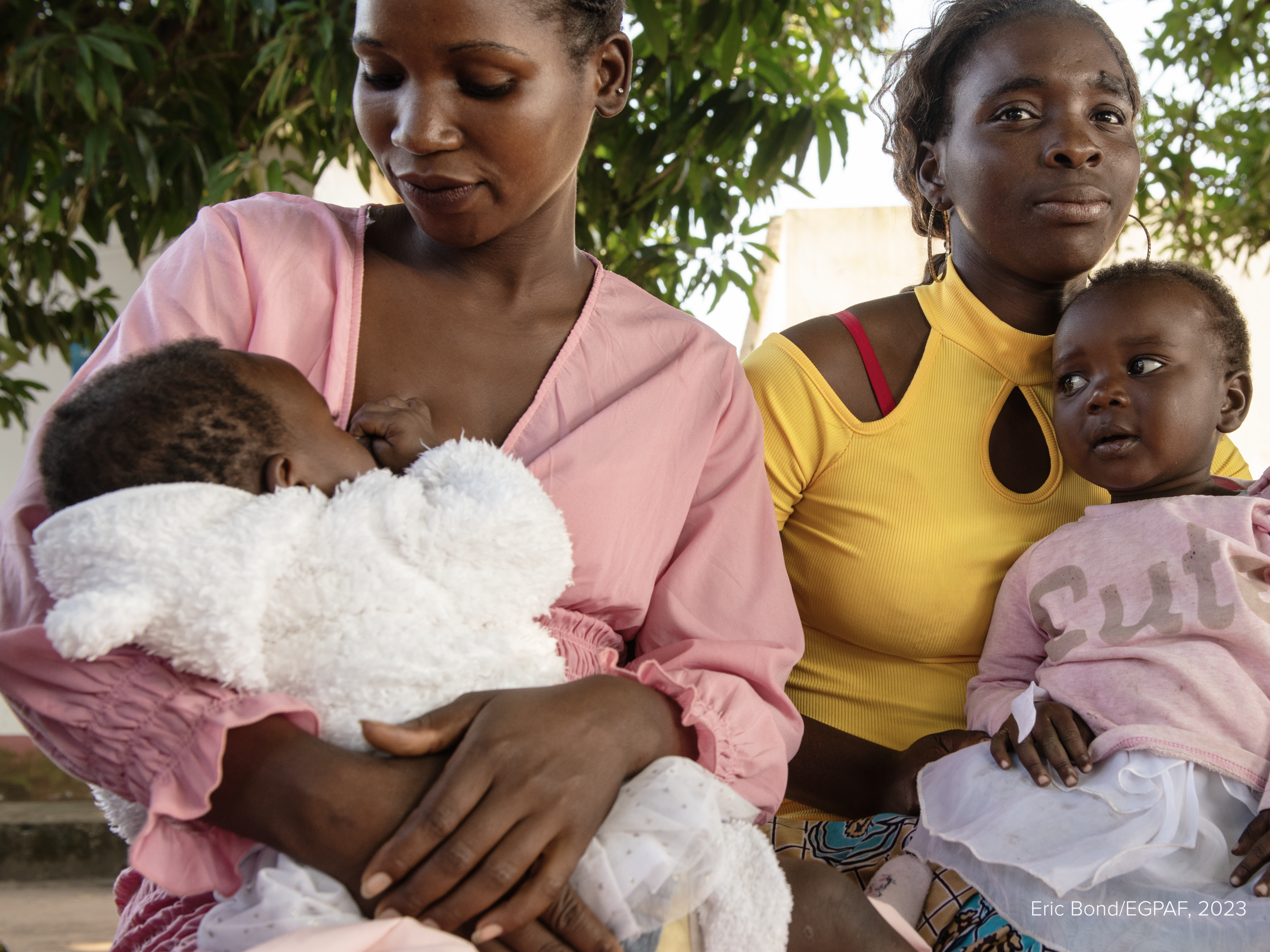Background
Routine birth testing of HIV-exposed infants (HEI) using point of care (POC) nucleic acid testing may allow for earlier diagnosis and
treatment of infants living with HIV, but more data are needed on retention in care for those diagnosed at birth and re-testing for those with a negative HIV birth test.
Methods
POC birth testing (within 48 hours of birth) was offered to all HEI born at 10 public maternities in Zimbabwe from November 2018 to July 2019. Data were abstracted from routine registers, including information on re-testing at 6–8 weeks for infants testing HIV-negative at birth and 6-month retention in care among infants diagnosed with HIV at birth.
Results
Of 2854 eligible HEIs, 2806 (98.3%) received POC HIV birth testing. Thirty-nine infants with HIV were identified (1.4%), and 23 (59%) were started on antiretroviral therapy (ART). Twenty infants (51%) remained on ART at 6 months. Of the 2694 infants who tested negative at birth, 1229 (46.5%) had a documented retest at 6–8 weeks. 7 (0.6%) of those infants tested HIV-positive.
Conclusions
The uptake of POC birth testing was high in study facilities, but low rates of ART initiation after a positive birth test, despite high retention on ART through 6 months, diminish the impact of POC birth testing and must be addressed. Among infants who tested negative at birth, rates of testing at 6–8 weeks of life (46%) were slightly lower than national rates of testing at the same age without a birth test (56%) during the study period. Improving infant HIV testing rates at 6–8 weeks, regardless of birth testing, should be a priority.




